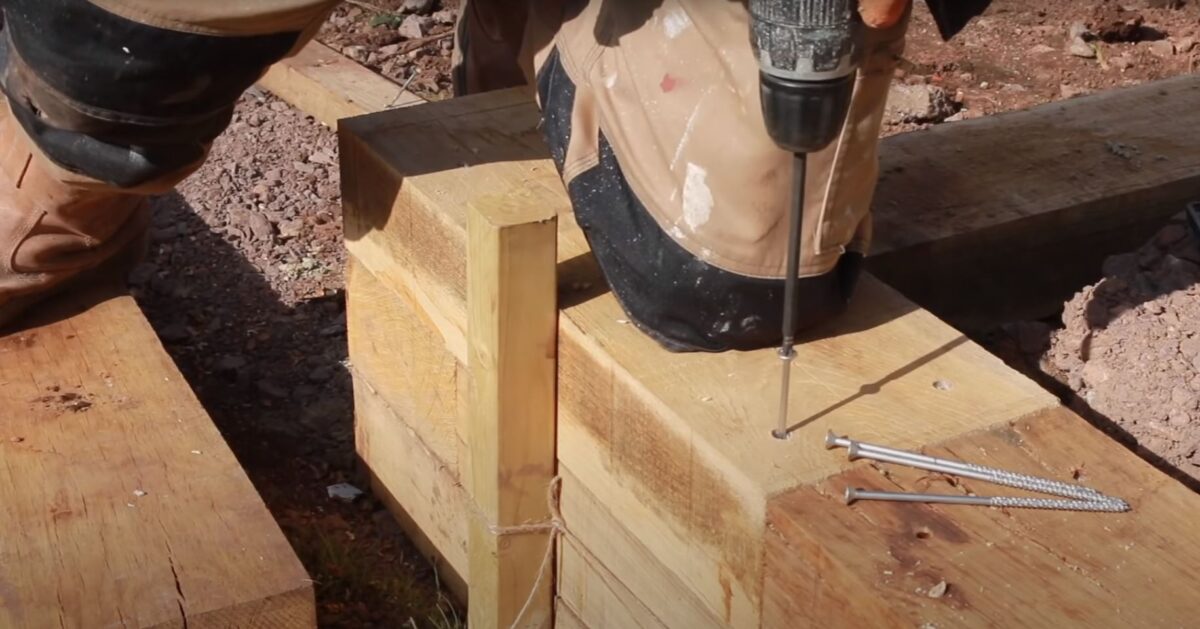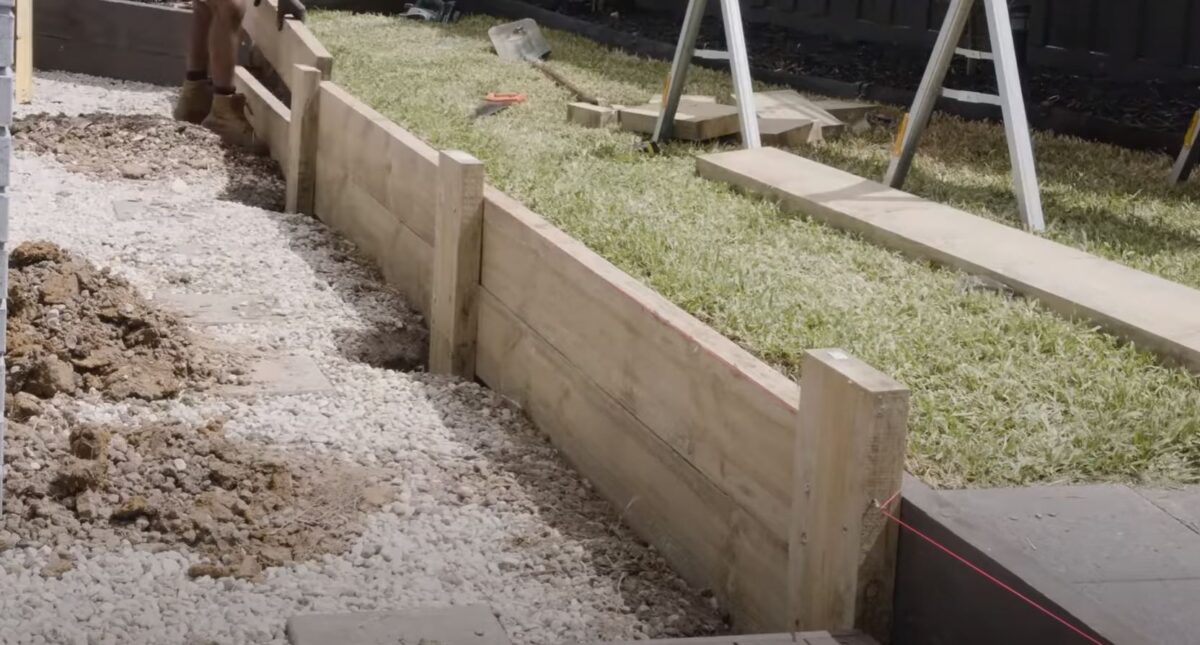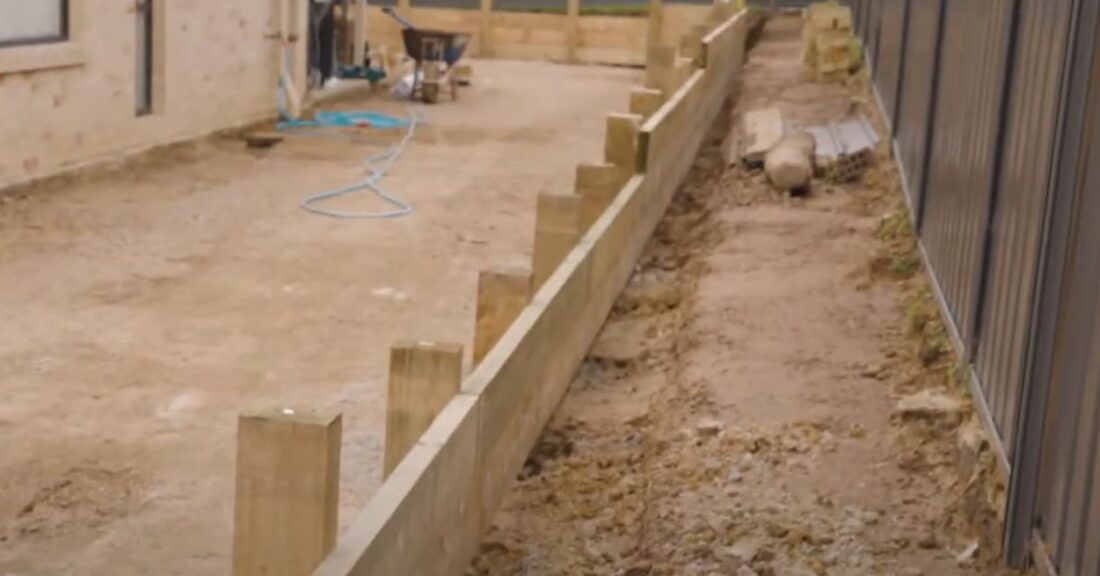Timber Retaining Walls: Durability and Considerations in Auckland
Lifespan of Timber Retaining Walls
Timber retaining walls in Auckland, including areas like Murrays Bay and Mount Wellington, are known for their aesthetic appeal and functional benefits in landscaping. However, the durability of these structures depends on several factors. Typically, a well-maintained timber retaining wall can last from 10 to 25 years or more. The key to longevity is regular maintenance, including checks for rot, damage, and ensuring proper drainage to prevent water damage.
Factors Affecting Longevity
- Quality of Wood: Using high-quality, pressure-treated lumber is crucial for resistance against rot, warping, and termites.
- Type of Wood: Woods like redwood and cedar, known for their natural oils, offer better decay resistance.
- Soil Characteristics: The soil type can impact the wall’s durability, especially if it retains water or has poor drainage.
Construction and Maintenance Essentials
- Drainage: Proper drainage systems are vital to prevent erosion and moisture buildup.
- Foundation and Backfill Materials: A well-constructed foundation and suitable backfill materials are necessary for stability.
- Regular Staining or Sealing: To protect against water damage and insect infestation, timber walls should be stained or sealed every 2-3 years.
Timber Varieties and Their Lifespans
- Pressure-Treated Pine: Affordable and common, lasting up to 20-30 years.
- Redwood: Naturally resistant to rot, aesthetically pleasing, with a lifespan of 30-50 years.
- Cedar: Offers natural rot resistance and a warm appearance, lasting 25-40 years.
Costs and Considerations
- Material Costs: Vary based on wood type; pressure-treated lumber is more affordable than cedar or redwood.
- Size and Height: Affects the overall cost, with taller walls requiring more materials and labor.
- Maintenance Expenses: Include staining, sealing, and repairing any rotting wood or structural damage.
Advantages and Disadvantages
- Advantages: Wood is less expensive, easier to install, and more eco-friendly than other materials.
- Disadvantages: Susceptible to decay and rot, requires high maintenance, and has a shorter lifespan compared to materials like concrete or stone.
Alternative Materials
- Concrete: Offers longevity and low maintenance, lasting up to 50 years or more.
- Stone and Brick: Durable options requiring minimal upkeep, with stone lasting up to 50 years and brick up to 100 years.
| Material | Lifespan | Cost | Maintenance | Durability | Aesthetic | Pros | Cons |
| Timber | 10-25 years | Less expensive than concrete/stone | High; requires regular staining/sealing | Moderate; prone to rot and decay | Natural, versatile | Eco-friendly, easy installation | High maintenance, shorter lifespan |
| Concrete | 50+ years | Higher than timber | Low; minimal upkeep | Very high; withstands weathering | Modern, versatile | Long-lasting, low maintenance | Higher initial cost, less natural look |
| Stone | 50+ years | Higher than timber | Low; minimal upkeep | Very high; natural resistance to weathering | Natural, rustic | Durable, minimal maintenance | Higher initial cost, may require skilled installation |
| Brick | 100+ years | Higher than timber | Low; minimal upkeep | Extremely high; very durable | Classic, elegant | Extremely long-lasting, low maintenance | Highest cost, may require skilled installation |
For residents of Auckland considering engaging retaining wall builders for a timber retaining wall for their property, understanding these aspects is crucial for making an informed decision. While timber offers aesthetic and cost benefits, it requires diligent maintenance to maximize its lifespan. Those in Murrays Bay or Mount Wellington may find timber walls an attractive option, but should also consider alternatives like concrete or stone for longer-lasting solutions. For expert assistance, engaging Quality Fencing Auckland for your retaining wall project can ensure a blend of aesthetic appeal, durability, and professional expertise.
Key Takeaways: Choosing the Right Material for Retaining Walls
Timber Retaining Walls Offer Natural Aesthetics
Timber is a cost-effective, eco-friendly option with a natural look but requires high maintenance and has a moderate lifespan.
Concrete Walls Provide Longevity and Low Maintenance
Concrete retaining walls are long-lasting and require minimal upkeep, making them a great choice for a permanent solution.
Stone Walls Combine Durability with Natural Beauty
Stone retaining walls offer a blend of natural aesthetics and durability, requiring little maintenance.
Brick Walls: The Most Durable Option
For the longest lifespan and classic appeal, brick retaining walls are an excellent, though costlier, choice.
Frequently Asked Questions on Timber Retaining Walls
What is a Timber Retaining Wall?
A timber retaining wall is a structure designed to hold back soil, made primarily out of wood such as pressure-treated pine, cedar, or redwood.
How Long Does a Timber Retaining Wall Last?
Typically, timber retaining walls can last between 10 to 25 years, depending on maintenance and environmental factors.
What Are the Best Woods for Timber Retaining Walls?
Pressure-treated pine, cedar, and redwood are popular choices due to their durability and resistance to decay.
How Much Maintenance Does a Timber Wall Require?
Timber walls require regular maintenance including staining or sealing every 2-3 years, and inspections for rot and structural damage.
Are Timber Retaining Walls Eco-Friendly?
Yes, timber is a renewable resource, making timber retaining walls an eco-friendly option.
Can I Build a Timber Retaining Wall Myself?
Yes, with basic DIY skills, you can build a timber retaining wall, but it’s important to understand the technical requirements and local building codes.
How Does Weather Affect Timber Retaining Walls?
Weather can greatly affect timber walls, as moisture and extreme temperatures can cause wood to rot, warp, or decay.
What Are the Cost Factors for Timber Retaining Walls?
Cost factors include the type of wood, size and height of the wall, and additional elements like drainage systems.
Do Timber Retaining Walls Require Special Drainage?
Yes, proper drainage is crucial to prevent water damage and ensure the longevity of the wall.
What Are Some Common Problems with Timber Retaining Walls?
Common problems include wood rot, decay, and structural damage due to improper installation or lack of maintenance.
Can Timber Retaining Walls Be Repaired?
Yes, damaged sections of the wall can often be repaired or replaced, extending the life of the wall.
How Does the Soil Type Affect Timber Retaining Walls?
Soil type affects the wall’s stability; soil that retains water can increase the risk of wood rot.
Are There More Durable Alternatives to Timber Walls?
Concrete, stone, and brick are more durable alternatives, offering longer lifespans with less maintenance.
What Safety Considerations Should Be Taken?
Ensuring proper construction and regular maintenance are key for safety, to prevent wall collapse or deterioration.
Why Choose Timber Over Other Materials?
Timber is chosen for its natural aesthetic, flexibility in design, and lower initial cost compared to materials like concrete or stone.



